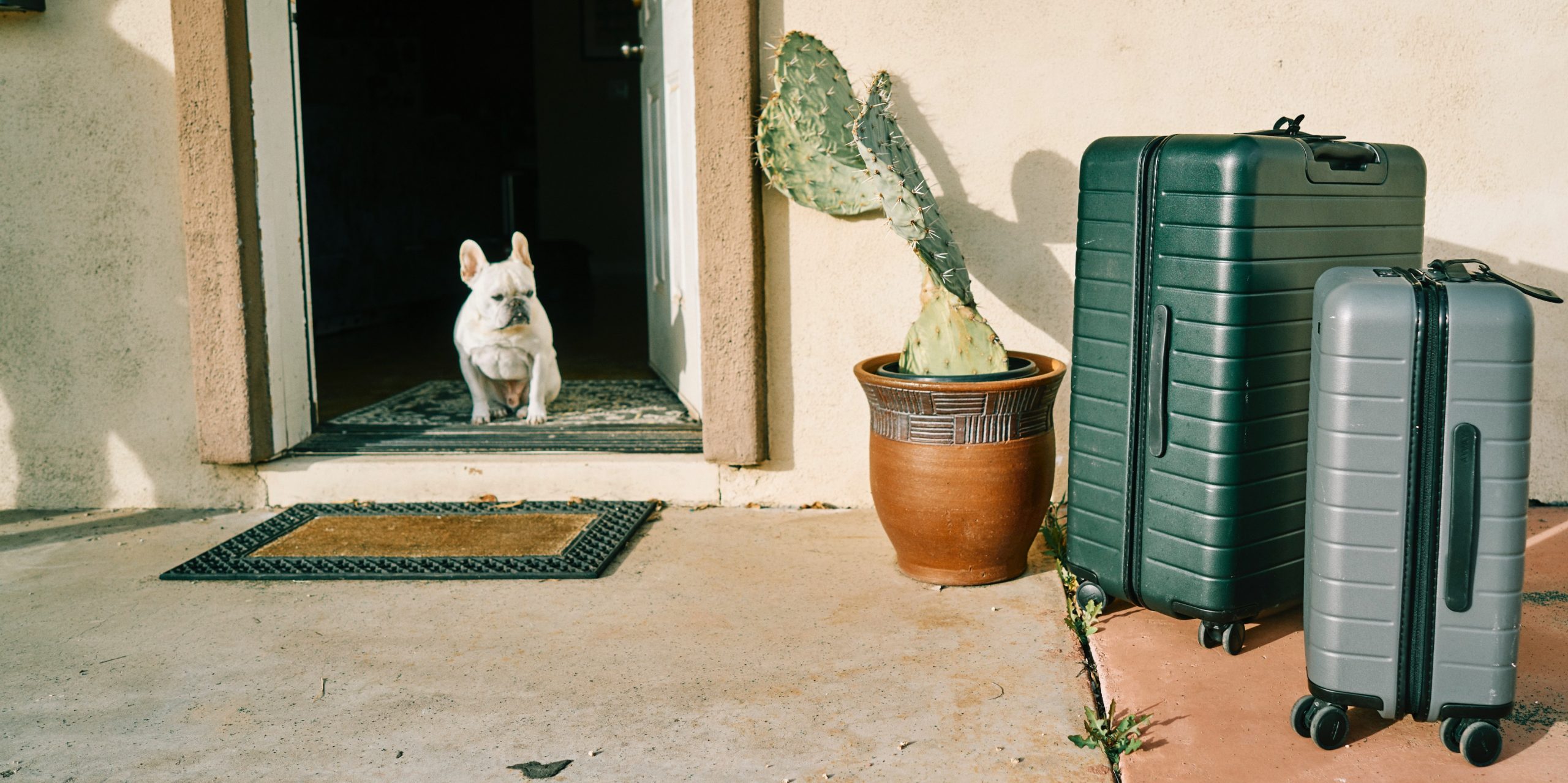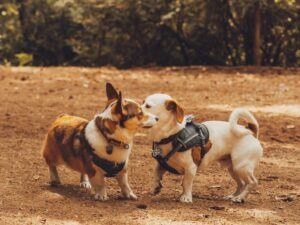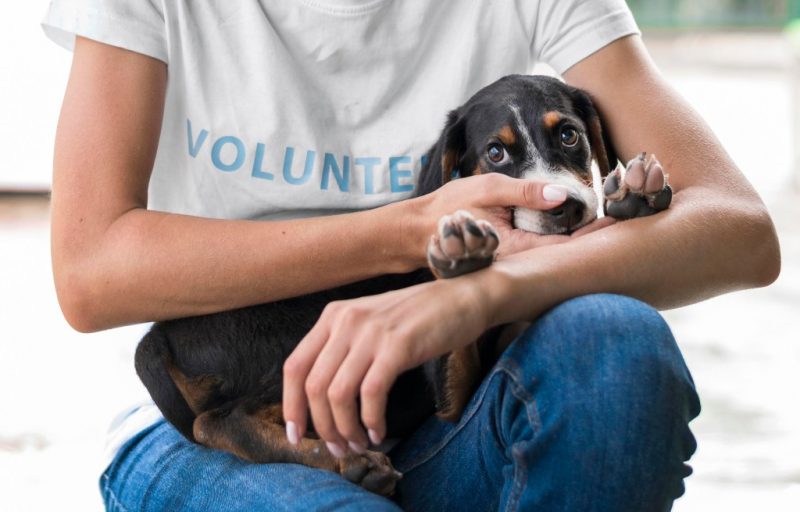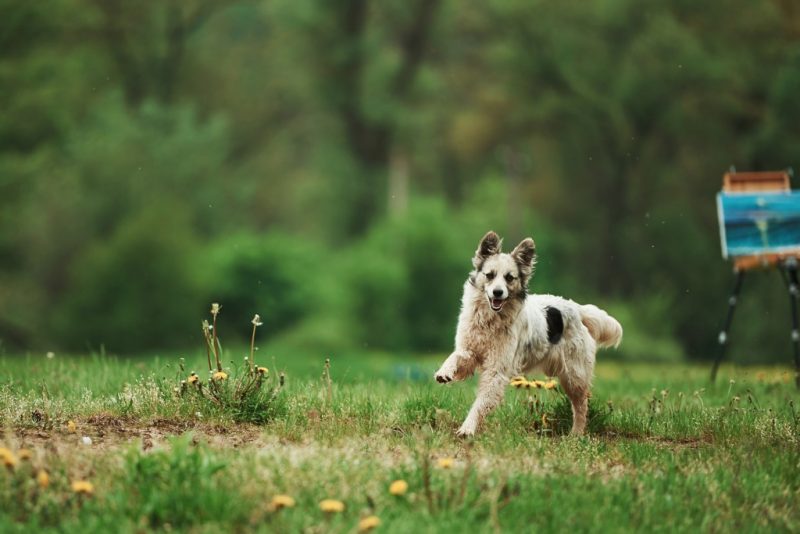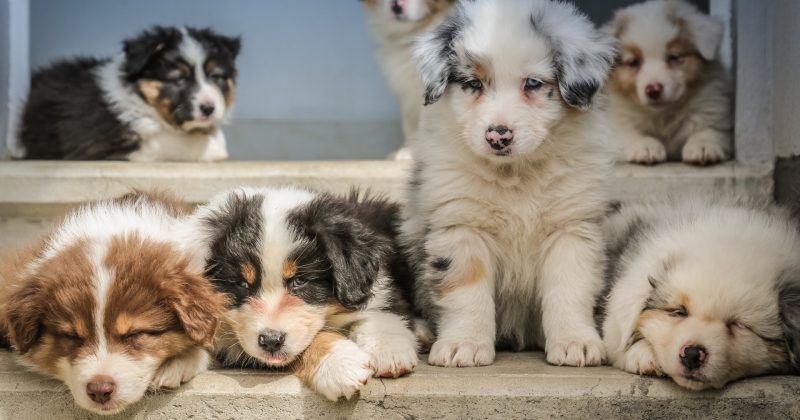Dogs are an integral part of family life. So when they’re very new, and spending so much time with us, it can be hard to leave them alone. But it’s important that you do let your dog get used to saying goodbye. Otherwise they may find it difficult to be left alone later on, and could even develop a serious condition called separation anxiety. Separation anxiety is one of the most common causes of anxiety in dogs.
To be clear, we’re not talking about a little whining when you head out the door. Separation anxiety in dogs means that being left alone can bring on something comparable to a full-blown panic attack. It causes their amygdala (the part of the brain responsible for processing emotions and fear) to go into overdrive, creating an imbalance of chemicals and hormones.
Symptoms of Separation Anxiety in Dogs Include:
- Urinating or defecating
- Vocalisation
- Destruction
- Pacing
- Escaping
- Self harm
- Hypervigilance
- Excessive greetings
- Shadowing
- Excessive drooling
- Coprophagia (eating poop)
- Not eating
Not only is it deeply distressing for the dog, but separation anxiety is also one of the main reasons owners get frustrated with pets and choose to rehome them. It doesn’t only impact new dogs either.
Common Causes of Separation Anxiety in Dogs Include:
- Being left alone for the first time
- Change of owner
- Moving house
- Moving from a shelter to a home
- Change in routine
- Losing or gaining a family member or other pet
- Traumatic experience when left alone
- Genetic predisposition
When treating separation anxiety in dogs, the goal is to resolve the animal’s underlying stress by teaching them to enjoy, or at least tolerate, being by themselves. Here are a few tips to help you do that–and hopefully leave the house in peace.
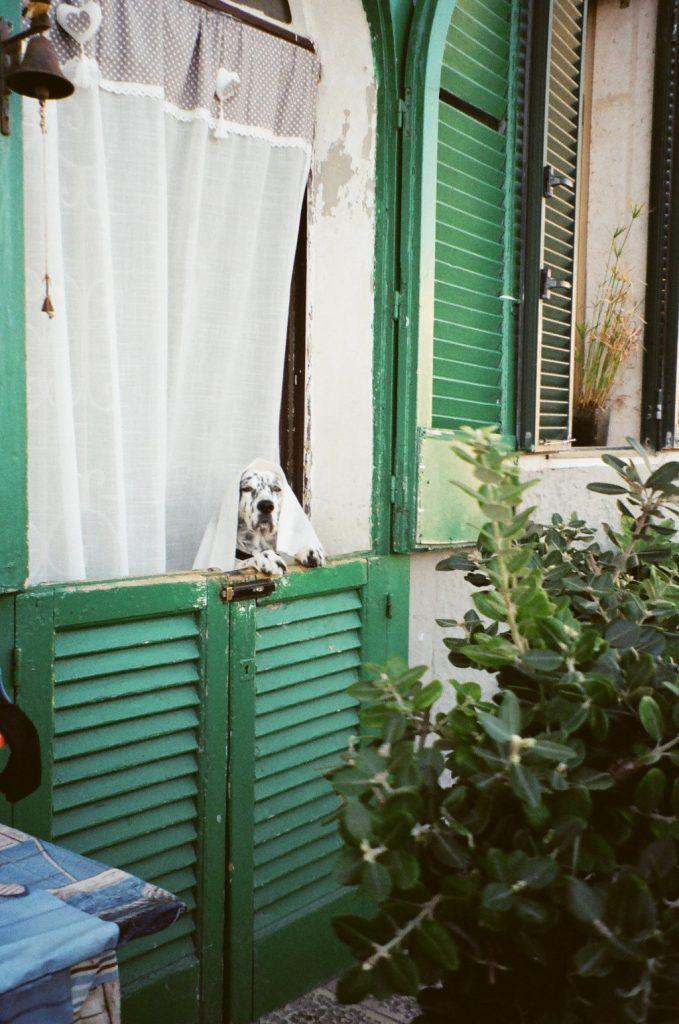
DO
- Provide a safe, secure space for them to rest.
- Leave for short periods of time at first, gradually building up to longer periods away.
- Desensitise them to triggers that indicate they’re going to be left alone. For example, put your shoes on but don’t go anywhere.
- Tire your dog out before leaving them alone either with training or exercise.
- Keep them busy when you’re out with a feeding puzzle, snuffle mat, or scatter/hide food around the house for them to find.
- Leave the radio, TV, or music on while you are away.
- Leave a piece of your clothing with them.
- Practice the STAY command so they are ok with you being at a distance.
- Encourage independent behaviours such as chewing, playing by themselves, resting and sleeping away from you.
- Film them when you’re out to see what they are doing when alone.
- Look into natural calming products or sprays such as ADAPTIL.
DON’T
- Say a big goodbye or a big hello when you get home. Instead take your time and reward them when they are calm.
- Punish your dog for crying or barking.
- Leave in a rush–this can overwhelm them.
- Blindside them by throwing treats and running out the door as this will stress them out even more.
- Leave them in a crate or small pen if they are not very comfortable there.
- Get your dog a companion. Their separation issues are a result of being away from you, not just being alone.
- Think they will just get over it.
Remember, every dog is unique and some may take a while to get used to being alone. Go slow, but don’t leave it too late before asking for professional help from a vet, behaviourist, or a trainer that specialises in anxiety.
For more expert advice on everything (else) you need to know about preparing for a new pup, head over to Scratch’s New Dog Guide.
While you’re here, subscribe to our newsletter, check out our magazine, and follow us on Instagram, Facebook, and Twitter.

